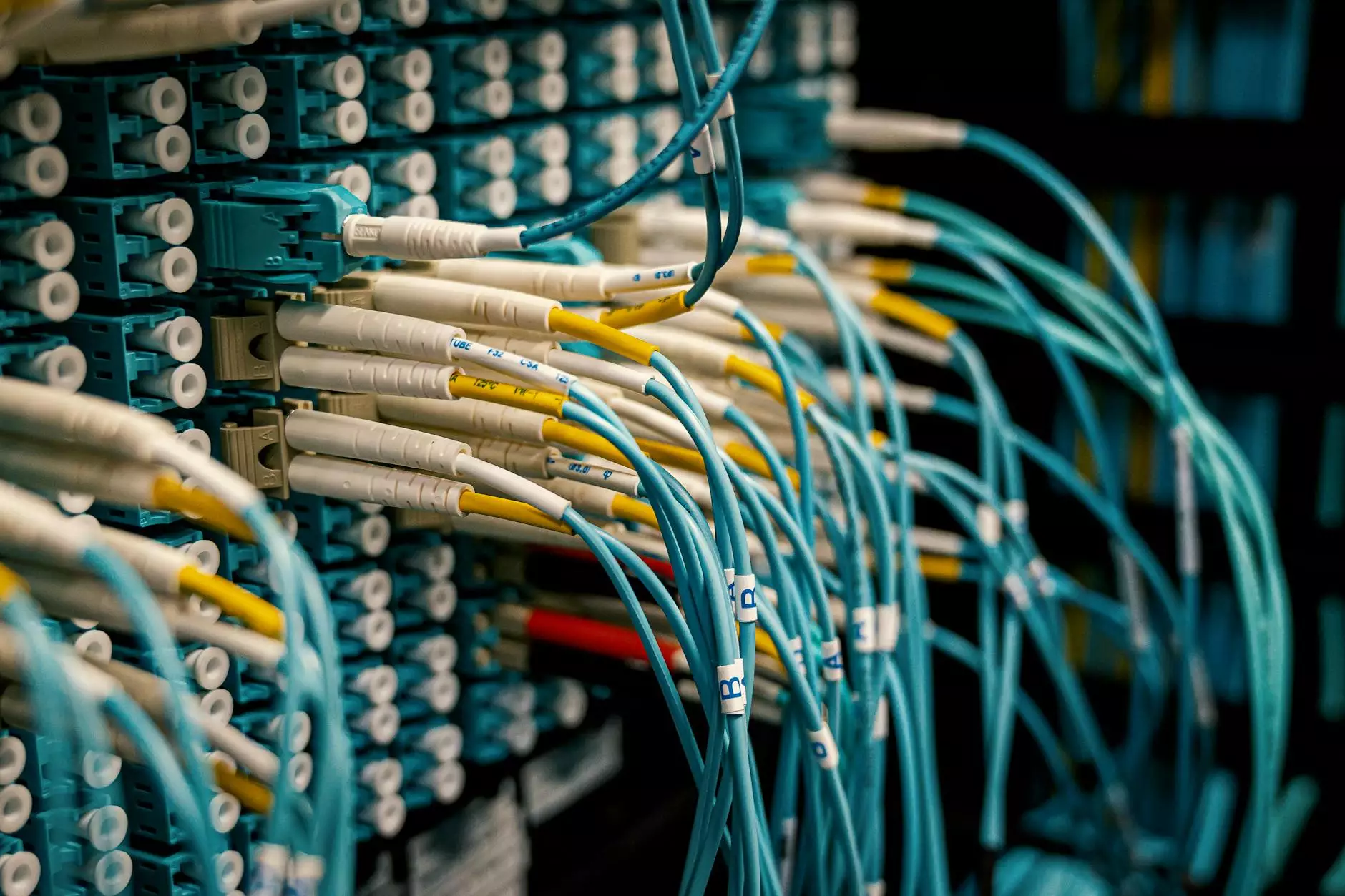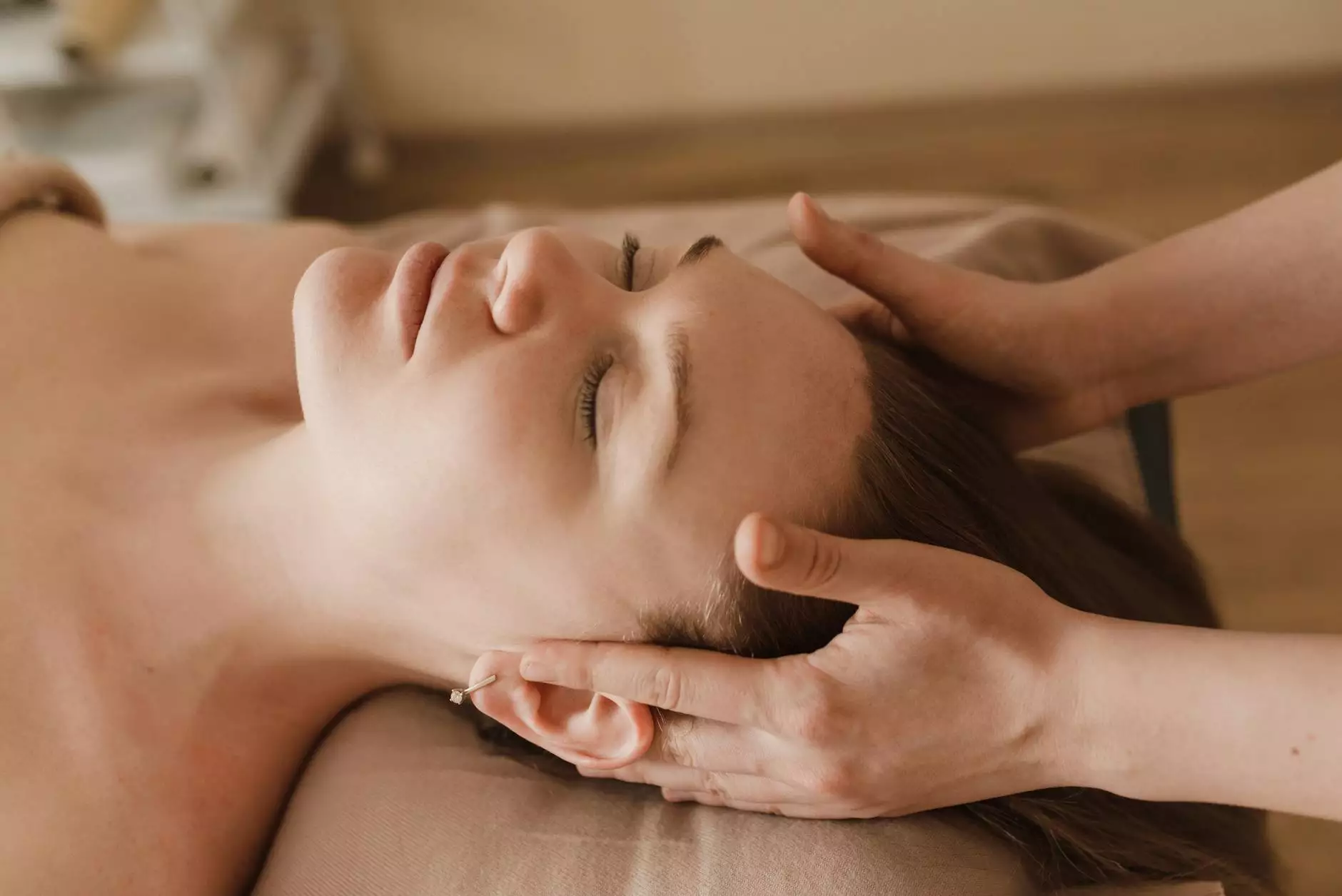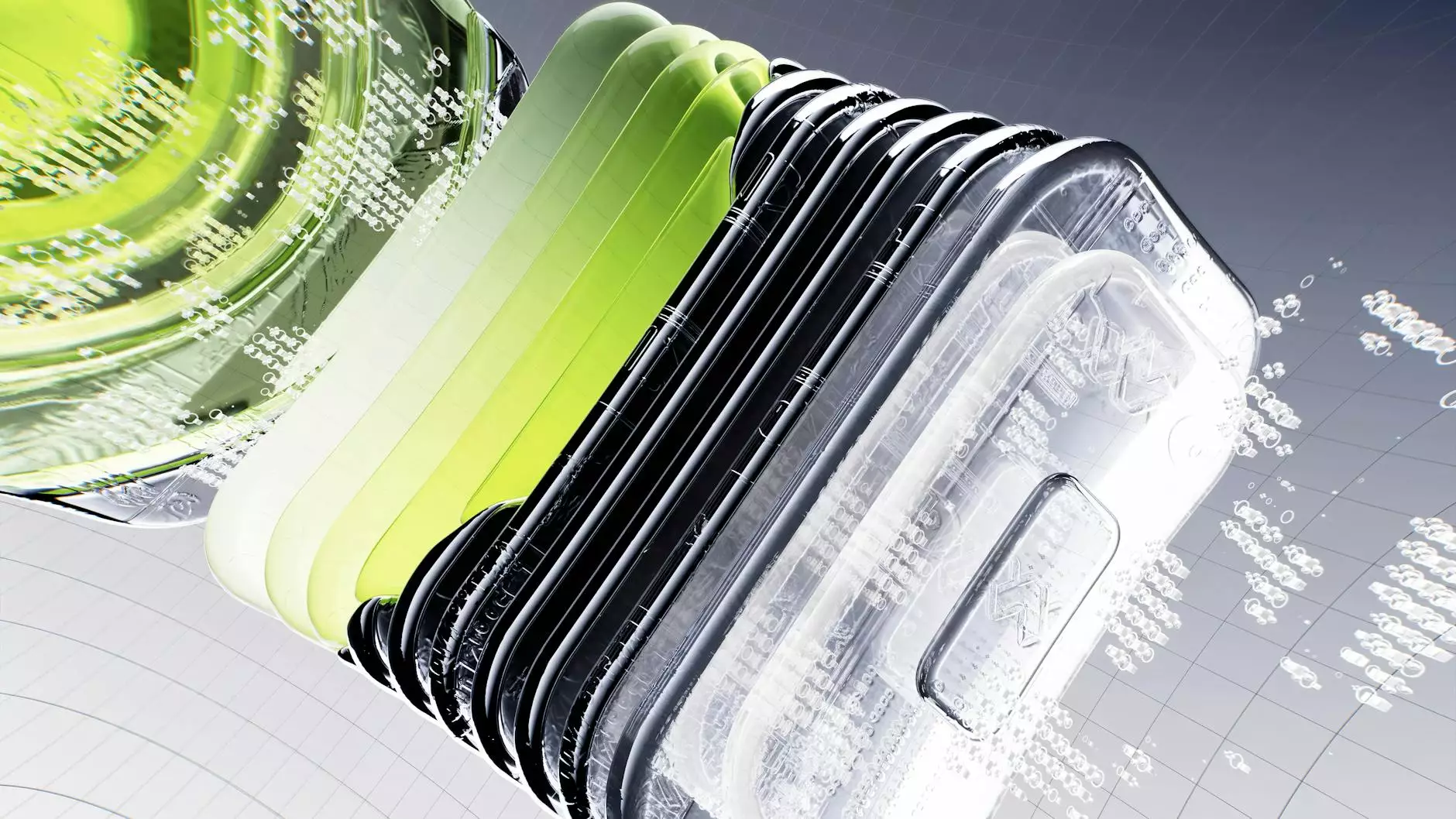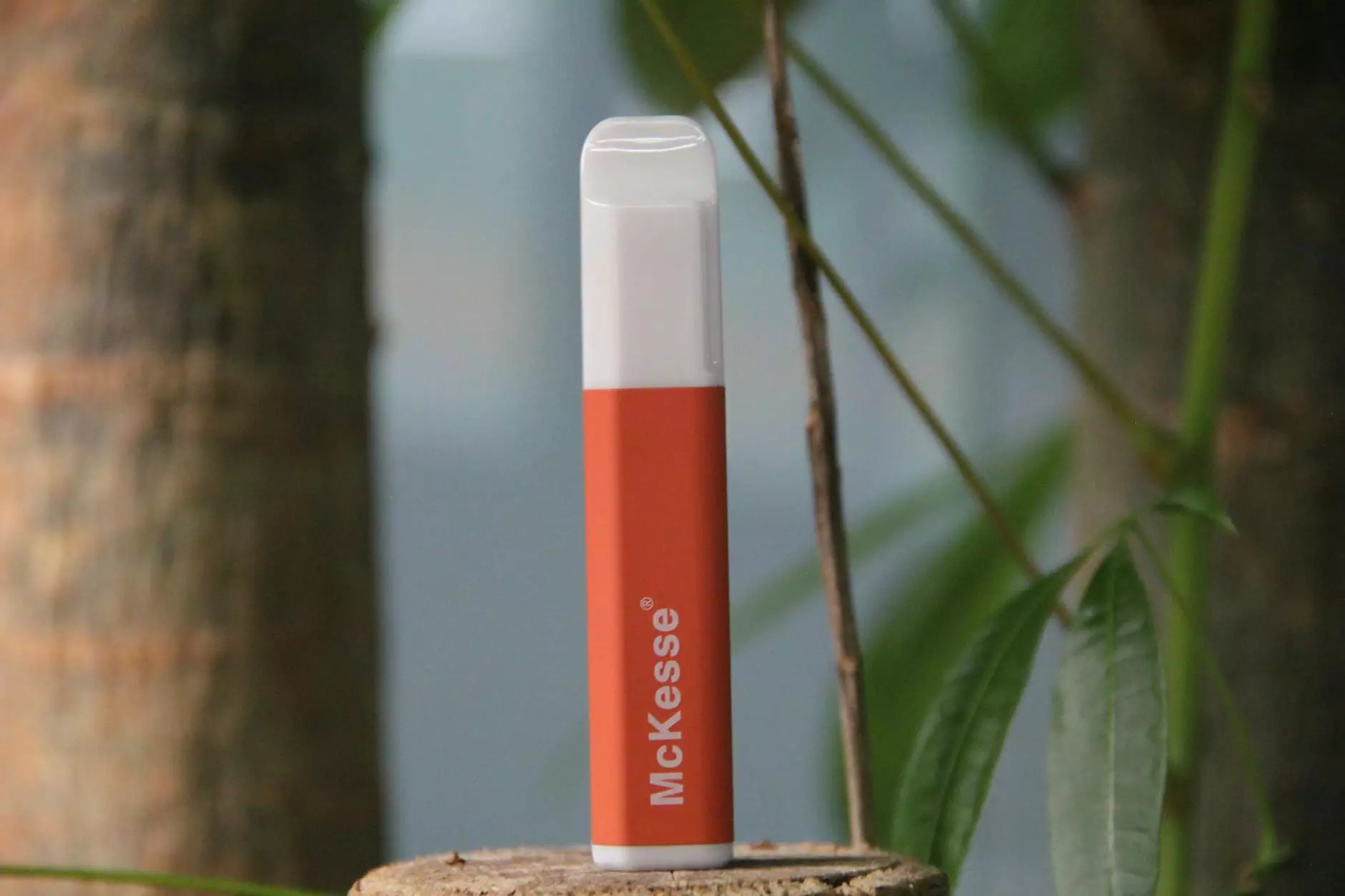Understanding and Treating Excessive Palm Sweating
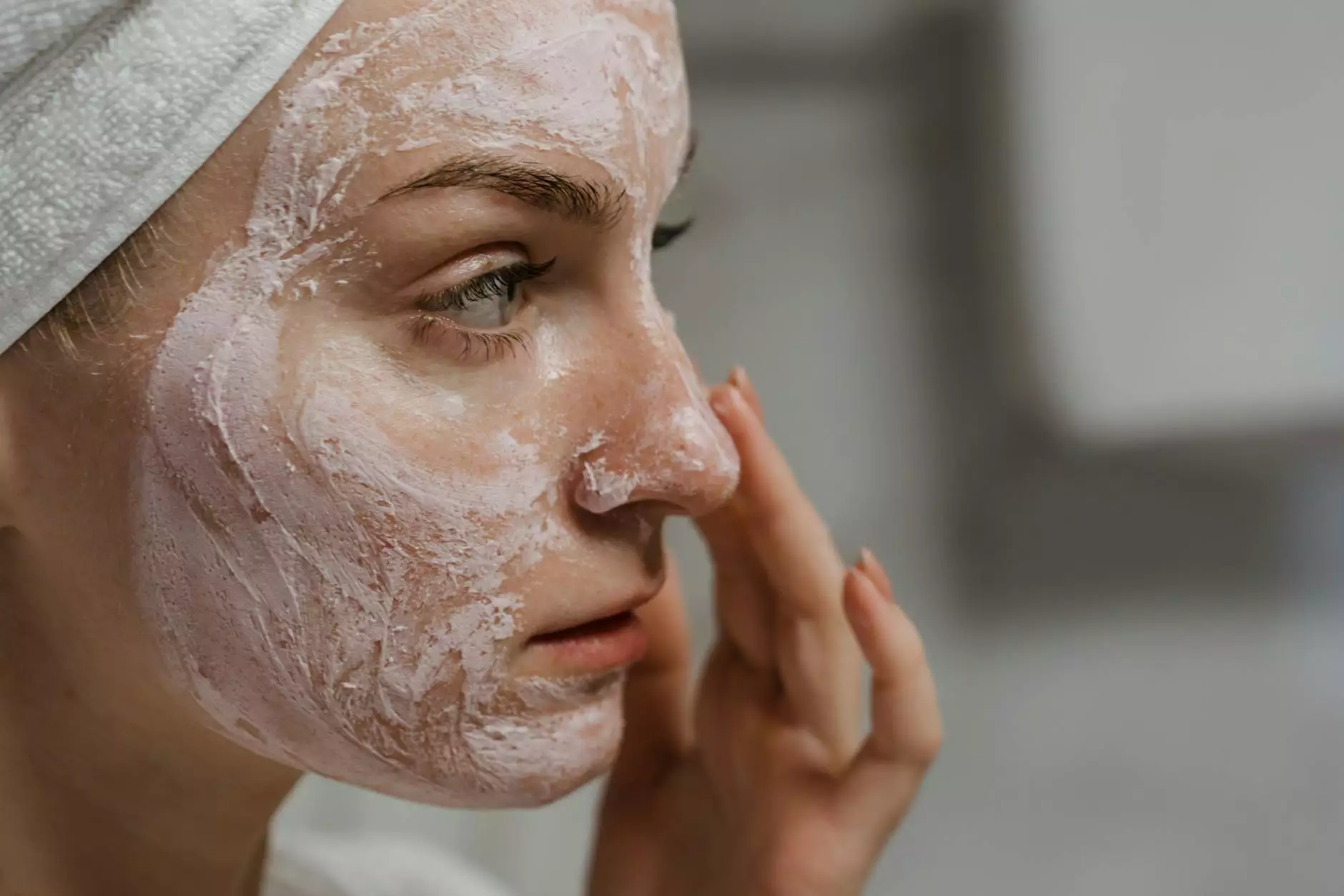
What is Excessive Palm Sweating?
Excessive palm sweating, clinically known as palmar hyperhidrosis, is a condition characterized by overactive sweat glands in the palms. This excessive sweating can lead to a myriad of social, professional, and emotional challenges for those affected. For many, it is not just a nuisance but can significantly hinder daily activities, affecting handshakes, handling of paperwork, and even the use of electronic devices.
The Causes of Excessive Palm Sweating
Understanding the causes of excessive palm sweating is essential for effective treatment. The condition can be categorized into two types:
- Primary Hyperhidrosis: This type often has no identifiable cause and is usually localized to specific areas, such as the palms, feet, and underarms. It often begins in childhood or adolescence.
- Secondary Hyperhidrosis: This form is caused by underlying medical conditions or medications, affecting the entire body or specific areas. It can develop at any age and usually requires addressing the underlying issue.
Emotional and Psychological Impact
The psychological toll of excessive palm sweating cannot be overstated. Individuals often experience:
- Anxiety: Concern over sweating can trigger anxiety, especially in social situations.
- Embarrassment: The fear of being judged or ridiculed can lead to social withdrawal.
- Low Self-Esteem: Continuous sweating can make individuals feel self-conscious, affecting their confidence.
Available Treatments for Excessive Palm Sweating
If you're suffering from excessive palm sweating, numerous treatment options are available, ranging from conservative therapies to advanced surgical procedures. Here’s a comprehensive overview:
1. Antiperspirants
Prescription-strength antiperspirants containing aluminum chloride can block sweat glands effectively for many individuals. This topical treatment is often a first-line solution.
2. Oral Medications
Medications such as anticholinergics can be prescribed. These drugs help reduce overall sweating by blocking nerve signals to the sweat glands. Common options include:
- Glycopyrrolate: Effective in reducing sweating but may have side effects like dry mouth and blurred vision.
- Oxybutynin: Helps manage sweating but also affects other glands, potentially reducing salivation and causing dryness.
3. Iontophoresis
Iontophoresis is a non-invasive treatment that involves passing a mild electrical current through water and into the skin's surface. Patients typically see improvement after several sessions. This method is particularly effective for treating the palms and feet.
4. Botox Injections
Botox (botulinum toxin type A) has gained FDA approval for treating palmar hyperhidrosis. This treatment works by blocking the nerves that trigger sweat glands, providing relief for several months at a time. Side effects may include temporary weakness in hand muscles.
5. Microwave Therapy
Microwave therapy is a newer treatment that destroys sweat glands using microwave energy. It is non-invasive, and patients typically experience minimal discomfort. This method has shown promising results in reducing sweat production for an extended period.
6. Surgery
For severe cases that do not respond to other treatments, surgical options such as sympathectomy may be considered. This procedure involves cutting the nerves responsible for sweating in the palm area. While effective, it carries risks and potential side effects such as compensatory sweating in other body areas.
Choosing the Right Treatment
When selecting a treatment for excessive palm sweating, it is crucial to consult with a qualified medical professional at Neumark Surgery. They can evaluate your condition, consider your lifestyle and preferences, and recommend the most suitable approach. Additionally, psychological support may also be beneficial to address any co-existing anxiety or self-esteem issues.
FAQ about Excessive Palm Sweating Treatments
1. How long does treatment for excessive palm sweating last?
The duration of the effectiveness of treatments varies widely. Antiperspirants may provide relief as long as they are applied regularly, while Botox injections can last for 3 to 12 months, and surgical results can be permanent or require further intervention.
2. Is surgery the only option for severe cases?
No, surgery is typically considered a last resort after exploring other non-invasive treatments. It is vital to weigh the risks and benefits and explore all alternatives before deciding on surgical options.
3. Can lifestyle changes help manage excessive palm sweating?
Some individuals find relief through lifestyle adjustments such as wearing breathable fabrics, using cooling devices, reducing caffeine intake, and managing stress levels. However, these methods may not fully eliminate symptoms and should be considered complementary to other treatments.
Life After Treatment
Once you've decided on a treatment plan and undergone the necessary procedures, you can expect an improvement in your quality of life. The capacity to engage freely in social interactions, pursue professional opportunities without hesitation, and live comfortably with less anxiety can be achieved. After care and follow-up consultations are also essential to ensure long-lasting results.
Conclusion
Excessive palm sweating is a common condition that can significantly impact daily life. However, numerous treatment options are available to help manage and alleviate symptoms effectively. By consulting with experts at Neumark Surgery, individuals suffering from this condition can explore tailored solutions that best meet their needs. Don’t let excessive sweating hold you back; take control and embrace a more confident you.




